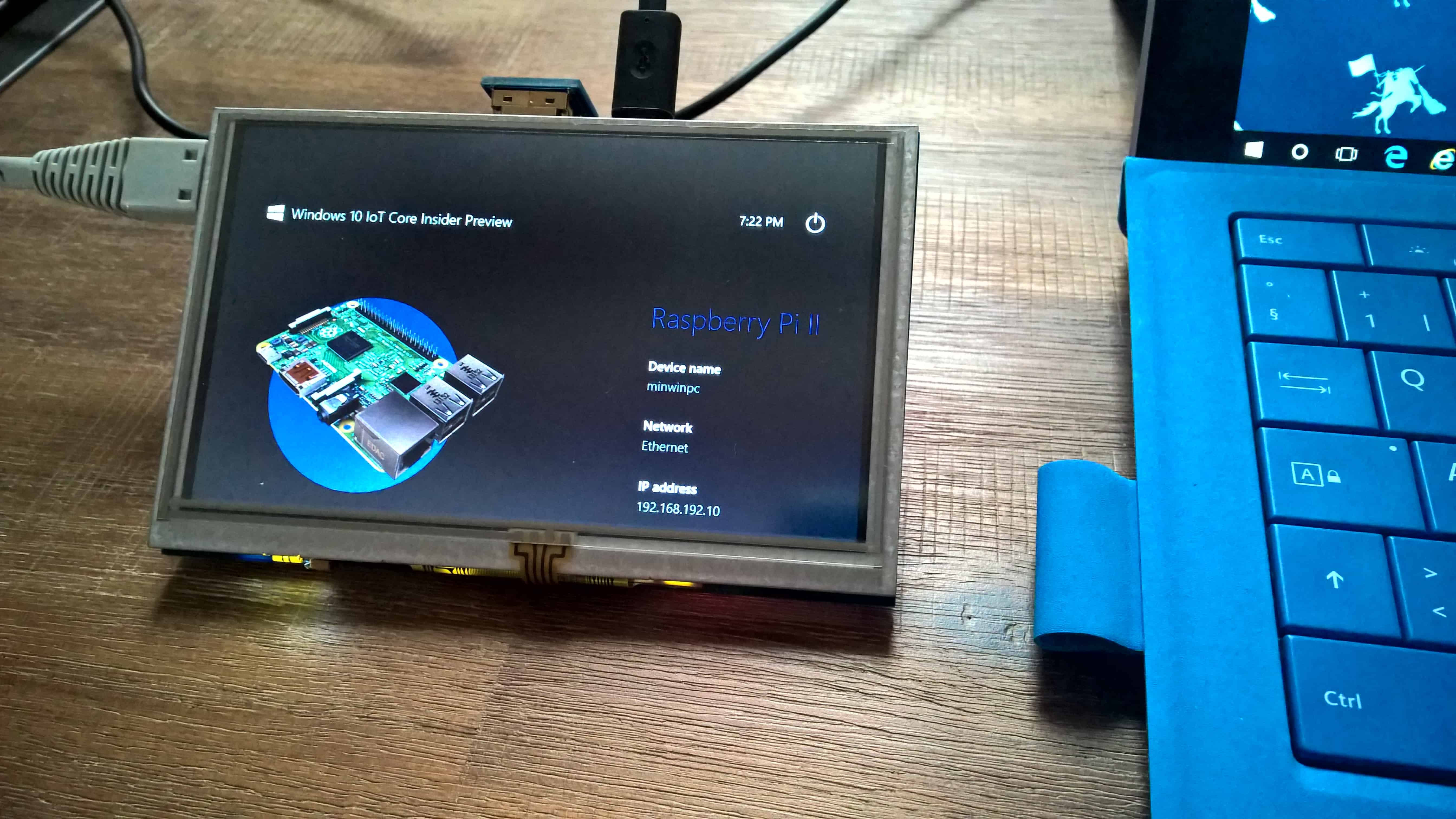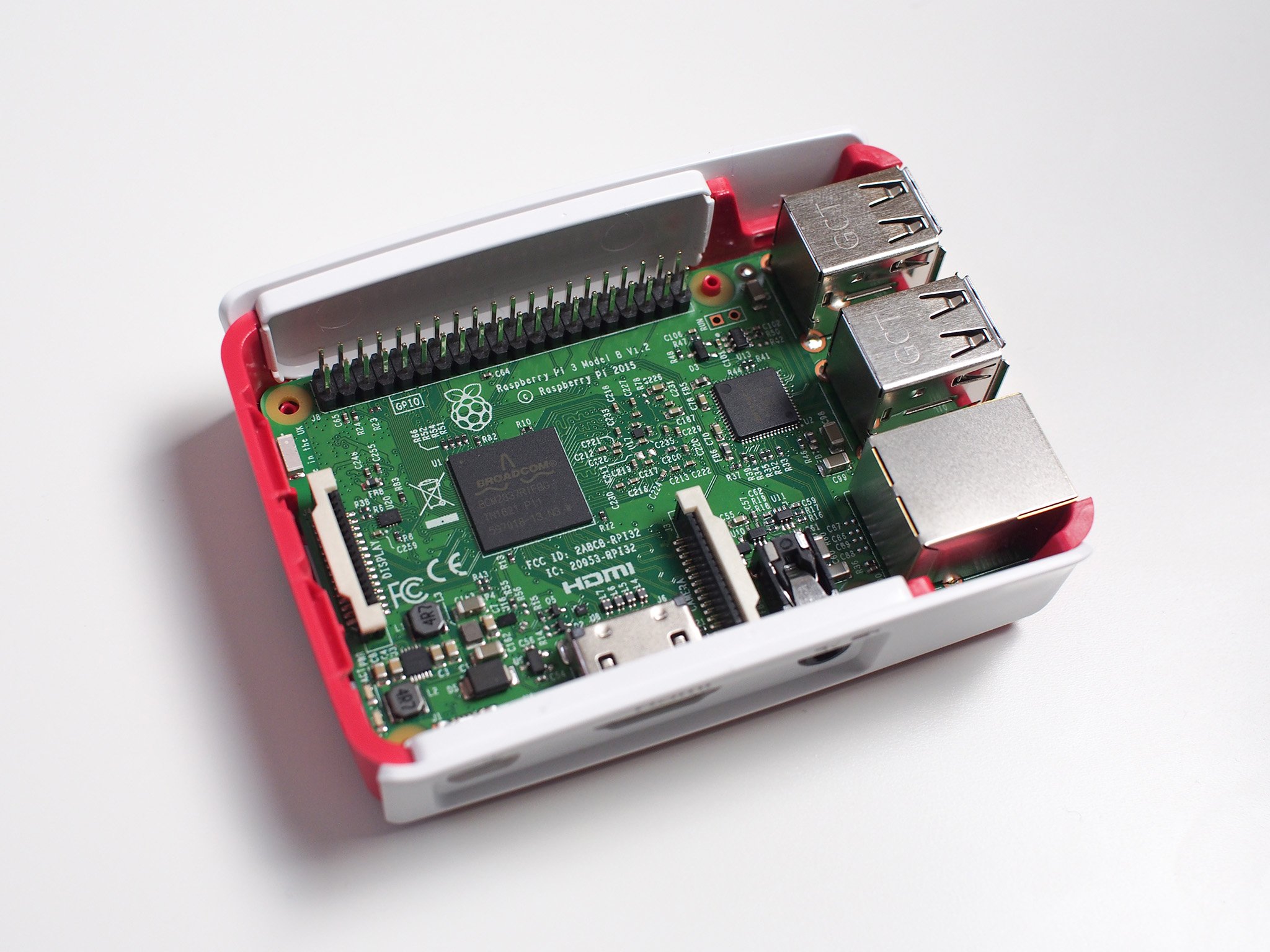Alright folks, let's dive into the big question that's been buzzing around tech circles lately – can I access my Raspberry Pi remotely from Windows 10? Spoiler alert: Yes, you totally can! But before we get into the nitty-gritty of how to do it, let’s break down why this is such a game-changer for hobbyists, developers, and even casual users. Whether you're setting up a home automation system or just want to tinker with your Pi without being glued to its screen, remote access is your golden ticket.
Imagine this: you're chilling on your couch, sipping your favorite drink, and you suddenly need to tweak something on your Raspberry Pi project. Instead of rushing to your workstation, you can simply pull out your Windows 10 laptop or desktop, connect remotely, and voilà! Problem solved. Sounds cool, right? Well, it gets even better when you realize how easy it is to set up.
Now, before we jump into the step-by-step process, let’s clear the air. This guide isn’t just another tech jargon-filled article. We’re keeping things simple, conversational, and downright actionable. So, whether you're a seasoned pro or a total newbie, you'll walk away with the skills to access your Raspberry Pi remotely from Windows 10 like a boss.
- Onlyfans And The Blurred Lines Of Online Fame Rachel Chaleffs Story
- The Ethical Dilemma Of Celebrity Exploitation Examining The Impact On Jenna Ortega And Beyond
Why Remote Access Matters for Your Raspberry Pi
Let’s face it – Raspberry Pi is more than just a tiny computer. It’s a gateway to endless possibilities, from home servers to smart home devices. But let’s be real, not everyone has the luxury of being physically present near their Pi all the time. That’s where remote access comes in – it’s like having a superpower that lets you control your Pi from anywhere in the world.
Remote access isn’t just about convenience; it’s about efficiency. Imagine running a web server on your Pi and needing to update files or monitor performance while you're out of town. With remote access, you can log in, make changes, and keep everything running smoothly without lifting a finger near the actual device.
Plus, if you’re into collaborative projects, remote access makes teamwork a breeze. You can grant access to your teammates, allowing them to work on the same Pi setup without needing to be in the same room. It’s like magic, but with fewer rabbits and more code.
- Unpacking The Digital Phenomenon Of Jameliz An Indepth Analysis Of Online Adult Content
- James Brolin The Timeless Hollywood Icon Redefining Stardom
Benefits of Remote Access for Raspberry Pi
- Flexibility: Access your Pi from anywhere in the world, as long as you have an internet connection.
- Productivity: Streamline your workflow by managing multiple tasks without switching between devices.
- Collaboration: Work with others on the same project without geographical limitations.
- Cost-Effective: No need for expensive hardware or additional monitors – just use what you already have.
Setting Up Remote Access: The Basics
Alright, let’s talk about the basics of setting up remote access for your Raspberry Pi. First things first, you’ll need a few essential tools and configurations to make this happen. Don’t worry – we’ll walk you through each step so you won’t get lost in the tech maze.
Here’s what you’ll need:
- A Raspberry Pi with Raspbian (or any compatible OS) installed.
- An active internet connection for both your Pi and your Windows 10 device.
- A Windows 10 computer or laptop.
- A remote desktop client or SSH software (we’ll cover this later).
Once you’ve got all the tools ready, it’s time to roll up your sleeves and get started. The process is pretty straightforward, but it’s important to follow each step carefully to avoid any hiccups along the way.
Step 1: Enable SSH on Your Raspberry Pi
SSH, or Secure Shell, is your Pi’s way of communicating securely with other devices over a network. To enable SSH, you’ll need to head over to the Raspberry Pi Configuration tool. Here’s how:
- Boot up your Raspberry Pi and log in.
- Open the terminal and type
sudo raspi-config. - Navigate to "Interfacing Options" and select "SSH."
- Choose "Enable" and hit "OK."
- Reboot your Pi to apply the changes.
And just like that, SSH is ready to go. Easy peasy, right?
Connecting Your Raspberry Pi to Windows 10
Now that SSH is enabled on your Pi, it’s time to connect it to your Windows 10 device. There are a couple of ways to do this, but we’ll focus on the most popular methods: using PuTTY for SSH and Windows Remote Desktop Protocol (RDP).
Method 1: Using PuTTY for SSH
PuTTY is a free and open-source SSH client that makes connecting to your Pi a breeze. Here’s how to set it up:
- Download and install PuTTY from the official website.
- Open PuTTY and enter your Pi’s IP address in the "Host Name" field.
- Set the port to 22 (default for SSH) and choose "SSH" as the connection type.
- Click "Open" to establish the connection.
- Log in using your Pi’s username and password.
And voilà! You’re now connected to your Pi via SSH. From here, you can run commands, transfer files, and manage your Pi like a pro.
Method 2: Using Windows Remote Desktop
For a more visual experience, you can use Windows Remote Desktop to access your Pi’s graphical interface. However, this requires a bit more setup on your Pi’s side. Here’s how:
- Install a VNC server on your Pi by running
sudo apt-get install realvnc-vnc-server. - Enable VNC in the Raspberry Pi Configuration tool.
- On your Windows 10 device, download and install the VNC Viewer app.
- Enter your Pi’s IP address in the VNC Viewer and log in using your Pi’s credentials.
With VNC, you’ll have full control over your Pi’s desktop environment, making it perfect for tasks that require a GUI.
Troubleshooting Common Issues
Let’s face it – things don’t always go as planned. If you’re having trouble connecting to your Pi, here are a few common issues and how to fix them:
- Connection Refused: Double-check your Pi’s IP address and ensure SSH or VNC is enabled.
- Authentication Failed: Make sure you’re entering the correct username and password.
- Network Issues: Ensure both your Pi and Windows 10 device are connected to the same network.
If none of these solutions work, try rebooting your Pi and restarting the connection process.
Advanced Tips for Seamless Remote Access
Once you’ve got the basics down, here are a few advanced tips to make your remote access experience even smoother:
- Set up a static IP address for your Pi to avoid connection issues.
- Use a DNS service like No-IP to access your Pi from outside your local network.
- Consider using a firewall to secure your Pi from unauthorized access.
Is Remote Access Secure?
Security is always a top concern when it comes to remote access. While SSH and VNC are both secure protocols, there are a few extra steps you can take to beef up your Pi’s security:
- Change the default SSH port to something less obvious.
- Use strong, unique passwords for your Pi.
- Enable two-factor authentication if possible.
By following these best practices, you can ensure that your Pi remains safe and secure, even when accessed remotely.
Real-World Applications of Remote Raspberry Pi Access
Now that you know how to access your Raspberry Pi remotely, let’s talk about some real-world applications. Here are a few examples:
- Home Automation: Control smart home devices from anywhere in the world.
- Web Hosting: Manage your personal website or server without being tied to your Pi.
- File Sharing: Access and transfer files between your Pi and other devices effortlessly.
The possibilities are truly endless, and the only limit is your imagination.
Conclusion: Take Your Raspberry Pi Anywhere
Well, there you have it – a comprehensive guide to accessing your Raspberry Pi remotely from Windows 10. Whether you’re a tech enthusiast or a casual user, remote access opens up a world of possibilities for your Pi projects. By following the steps outlined in this article, you’ll be able to connect to your Pi with ease and tackle any task with confidence.
So, what are you waiting for? Grab your Pi, fire up your Windows 10 device, and start exploring the wonders of remote access. And don’t forget to drop a comment below if you have any questions or share this article with your friends to spread the knowledge. Happy tinkering, folks!
Table of Contents
- Unraveling The Darby And Kiera Murder Mystery A 2024 Update
- Temporary Replacement Episode 3 A Cultural Phenomenon Redefining The Industry


